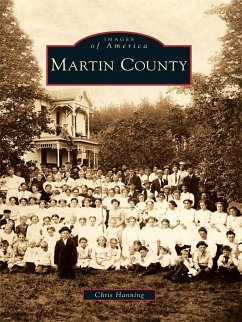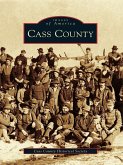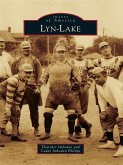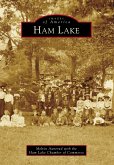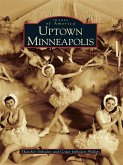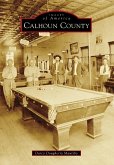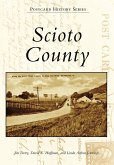When the first settlers arrived in Martin County in March 1856, the county was part of Brown and Faribault Counties. Perhaps these settlers heard the stories told by soldiers who passed through the region. They spoke of the many lakes and streams of clear water and abundant fish and waterfowl, ever-popular fur-bearing mammals, and timber stands where elk, deer, and buffalo foraged. Word spread fast, and by the winter of 1856-1857, the population of Martin County exploded to 20 men, 9 women, and 23 children. Martin County provides a visual record of the many cities in the county, from Dunnell to Truman and back down to East Chain and all the rest in between. There are photographs of the blizzard of 1881, a 1918 Red Cross auction, men balancing on telephone poles, and much more.
Dieser Download kann aus rechtlichen Gründen nur mit Rechnungsadresse in A, B, BG, CY, CZ, D, DK, EW, E, FIN, F, GR, HR, H, IRL, I, LT, L, LR, M, NL, PL, P, R, S, SLO, SK ausgeliefert werden.
Hinweis: Dieser Artikel kann nur an eine deutsche Lieferadresse ausgeliefert werden.

